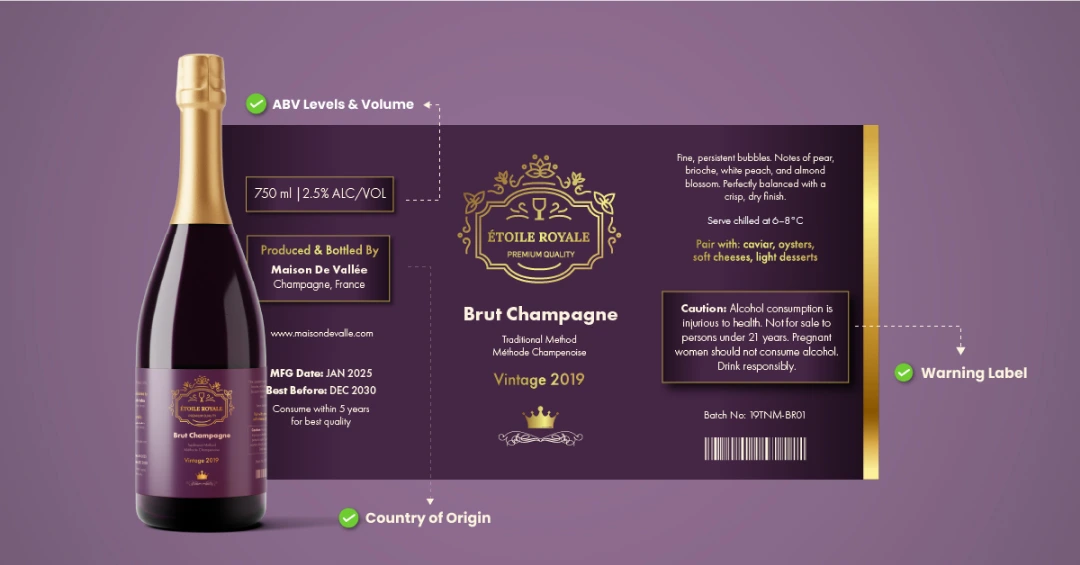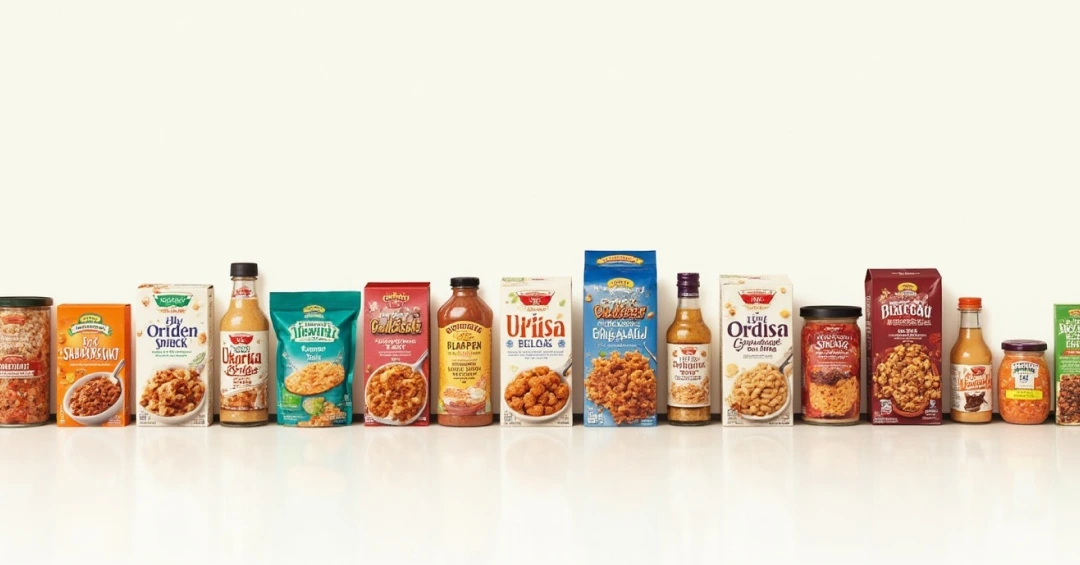Packaging artwork might seem like a secondary concern compared to the life-saving potential of the medication itself. However, clear, accurate, and compliant artwork is crucial for patient safety and regulatory approval. In fact, ensuring artwork compliance for packaging requires meticulous attention to detail and adherence to stringent quality control measures.
While packaging artwork appears seemingly simple, it is entangled in a web of regulations. This becomes even more complex as 91% of all prescriptions are filled as generic drugs, with more than 32,000 generic drugs approved by the FDA to date.
This blog post looks at the maze of regulations surrounding pharmaceutical packaging artwork and highlights the challenges for ensuring compliance.
Challenge 1: Navigating the Pre-Market Approval Hurdle
Pharmaceutical products require pre-market approval from regulatory bodies such as the US Food and Drug Administration (FDA) or the European Medicines Agency (EMA), amongst others. This approval process extends to the product packaging artwork as well and demands that manufacturers submit the artwork for review and obtain approval before the drug is launched.
The pharma packaging labels and PIL(Patient Information Leaflet) are complex as they need to:
- Provide information like the medicine’s use, dosage, warnings, storage recommendations, product composition, side effects, adverse reactions, warnings, and much more.
- Be formatted correctly to ensure that information is clear, visible, and easy to understand.
- Incorporate visual aids, such as diagrams or icons, that can enhance understanding, especially for patients with limited language proficiency.
That apart, packaging artwork also needs to ensure complete adherence to each target market's local and international regulations.
Challenge 2: Managing the Cycle of Changes and Approvals
The iterative nature of the packaged artwork approval is another challenge that pharma companies need to navigate.
This industry deals with a wide range of products and each product may have multiple dosage forms, strengths, pack sizes and may be sold in multiple countries with different language requirements in its labeling. Pharma companies need version control and artwork management processes and systems to prevent errors and ensure the right information is printed on each package.
Additionally, regulatory agencies regularly notify safety-related labeling changes for prescription drugs. The FDA in 2023 had issued close to 700 safety related labeling changes to pharma companies. All these changes require changes to labeling in the PIL and other components.
Minor changes to the labeling that do not affect the product's safety or effectiveness can be done without pre-market approval but must be documented and reported in the annual reports.
This constant labeling change cycle and associated approvals can cause significant delays, especially if the initial artwork submission isn't accurate or complete.
Challenge 3: Reducing the Cost of Delays and Inaccuracies
Delays in product launches due to artwork non-compliance can translate into significant financial losses. Errors or inconsistencies in packaging artwork have legal repercussions and damage a company's reputation. Failing to meet regulatory deadlines or submitting non-compliant artwork also results in hefty penalties. These penalties can be levied on a per-SKU basis and further add to the financial burden.
As pharma companies manage more markets than ever before, including emerging markets, managing packaging artwork assumes strategic importance. Ensuring accurate and compliant packaging artwork for global operations necessitates translations and adaptations of artwork for different languages, markets, and cultures. Pharma companies thus must ensure adherence to these or face the consequence of non-compliance.
Challenge 4: Getting it Right First Time
With most major and moderate level changes requiring re-submission and potential delays, ensuring accuracy in the initial artwork submission becomes crucial. This necessitates meticulous attention to detail and a thorough understanding of the specific regulatory requirements for each target market.
Regulatory bodies update and amend labeling requirements frequently to reflect new scientific information or safety concerns. Staying abreast of these changes and ensuring artwork remains compliant is an ongoing challenge.
One of the best ways to avoid delays and penalties is to ensure the artwork is accurate and compliant from the very beginning. It needs a meticulous review process that considers all regulatory, content, language, formatting, and design requirements.
Challenge 5: Managing Multiple SKUs
Pharmaceutical companies often have multiple Stock Keeping Units (SKUs) for a single drug. The same medication can come in different dosage forms, pack sizes, strengths, or formulations. Pharma companies have to confirm that artwork for each of these SKUs addresses the product's unique artwork requirements while ensuring regulatory adherence.
Managing artwork variations for numerous SKUs can be a logistical nightmare for companies relying on paper-based systems or disparate standalone systems.
Companies need cross-functional, end-to-end labeling and artwork processes to make the process time-efficient, and traceable. It also increases on-time completion rates irrespective of the number of SKUs.
Challenge 6: Navigating the Multi-lingual Maze
The European market presents a unique challenge due to its multilingual requirements. Pharmaceutical packaging in the European Union (EU), for example, must comply with the Falsified Medicines Directive (FMD), which mandates that critical product information be displayed in all languages in the markets in which the medicine is sold.
Careful planning and robust packaging artwork management become indispensable contributors to packaging artwork consistency and accuracy of all language versions.
Challenge 7: Driving Content Accuracy in Pharma Leaflets
Pharmaceutical packaging often includes a patient information leaflet provides detailed information about the medication, dosage instructions, potential side effects, drug interactions, etc.
These PILs are also in different languages depending on the market in which the product is sold. Making sure the content in these PILs are accurate is a tedious proofing job. Manually proof-reading these multilingual PILs is labor intensive and error prone. Using an artwork management system with an integrated proof-reading tool for pharma leaflets ensures accuracy and speed.
Automated Content Mapping: A Ray of Hope
Technological advancements offer a glimmer of hope in this complex landscape. Automated content mapping tools streamline the process of incorporating regulatory body-mandated information onto packaging artwork. These tools can help ensure accuracy and reduce the risk of errors during the artwork creation process.
Automatic content mapping technology significantly improves the efficiency and accuracy of artwork compliance. It extracts relevant information from regulatory documents and automatically populates it onto the packaging artwork. This minimizes the risk of human error during data entry and automates and accelerates the artwork process.
A comprehensive packaging artwork management platform allows cross-functional collaboration and provides an end-to-end view of the artwork process. This makes packaging artwork management simpler, faster, and more accurate. Digitizing artwork and labeling makes the process more transparent and collaborative, optimizes resource usage, and allows faster and more accurate edits.
With these capabilities, pharma companies can manage the demands of regulatory bodies with greater ease, get approvals faster, avoid costly delays, and improve their revenue opportunities.
Connect with us to see how ManageArtworks can help your business manage the ever-evolving and dynamic regulatory landscape with our powerful solution.





.webp)
















